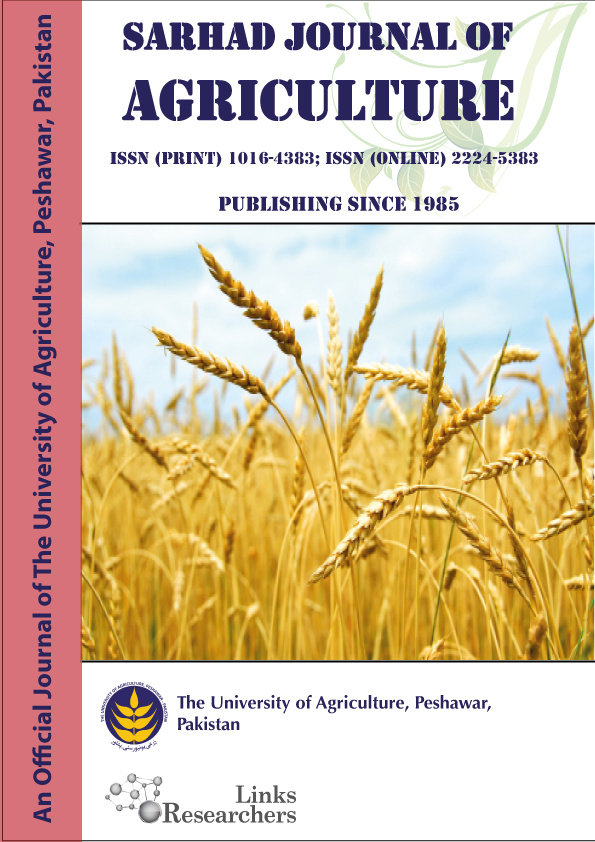Charcoal Rot on Cotton in Ecuador: Symptoms, Etiology and Management with Seaweeds
Charcoal Rot on Cotton in Ecuador: Symptoms, Etiology and Management with Seaweeds
Frank G. Cedeño-Lozano1, Freddy Zambrano-Gavilanes2 and Felipe R. Garcés-Fiallos3*
ABSTRACT
To share on other social networks, click on any share button. What are these?







